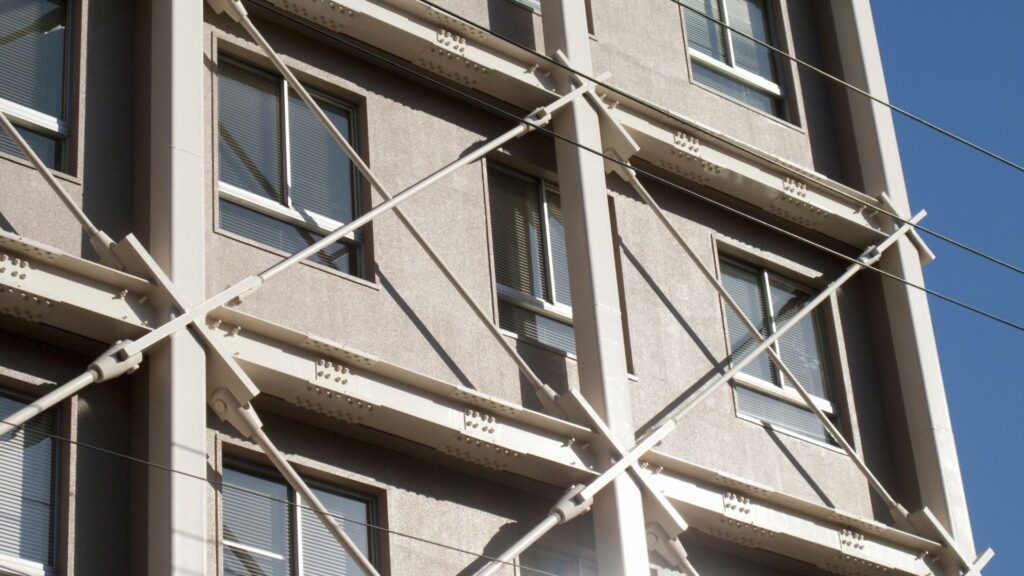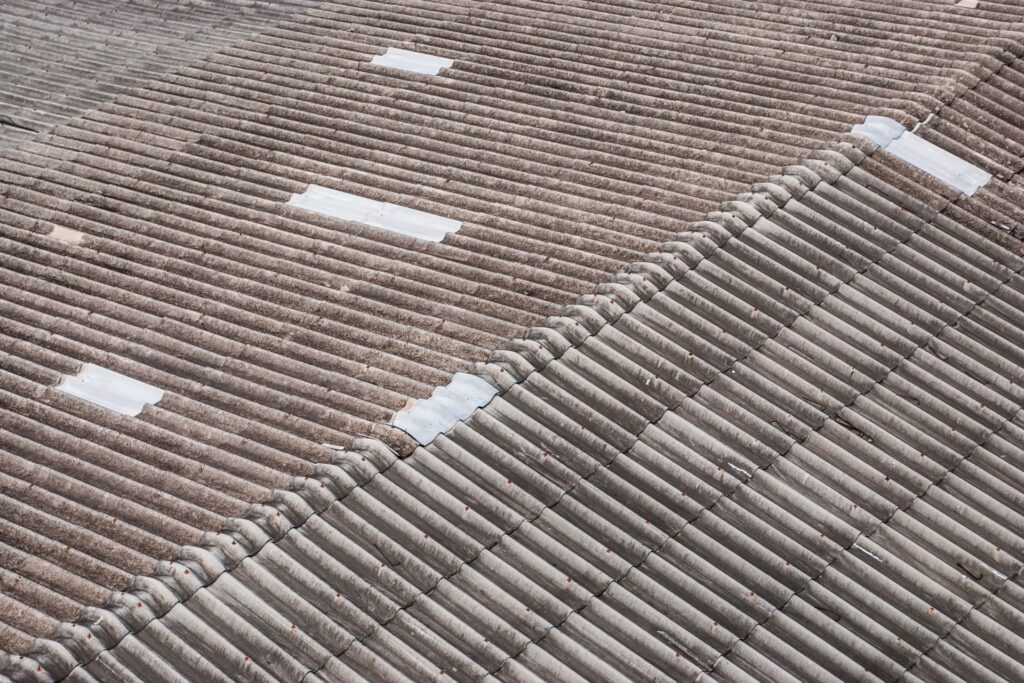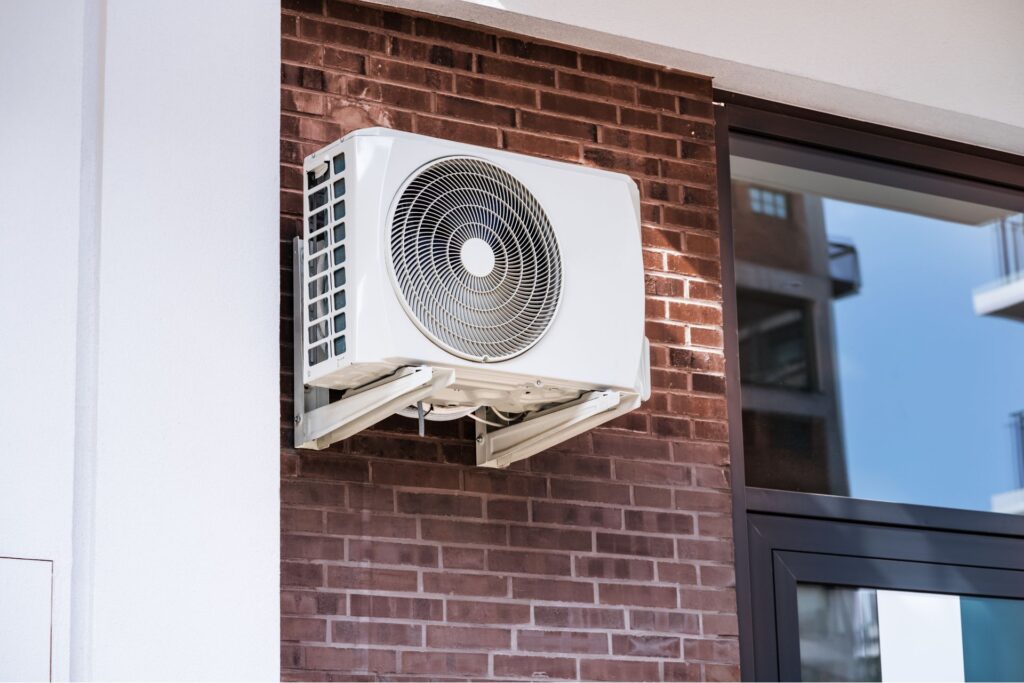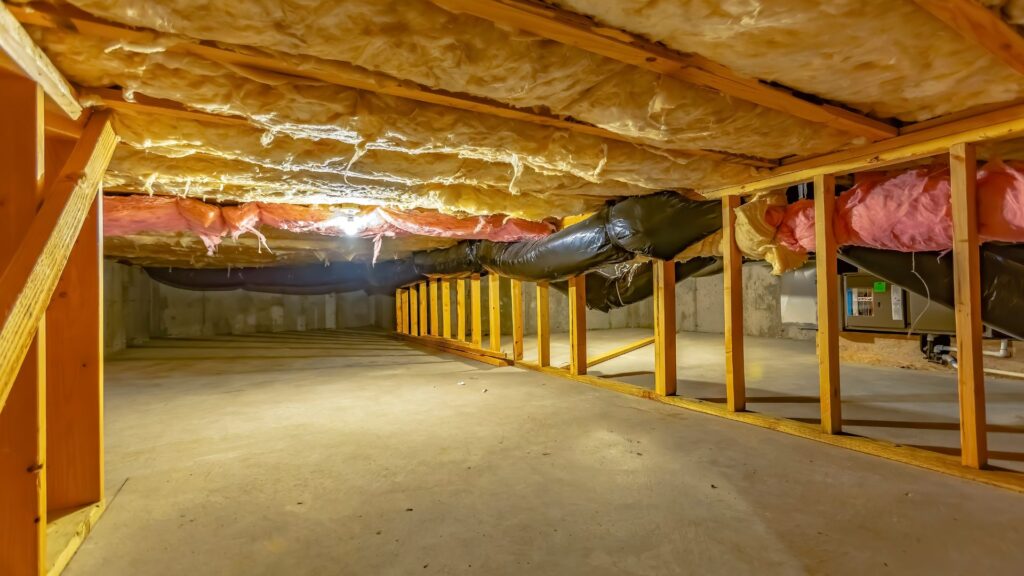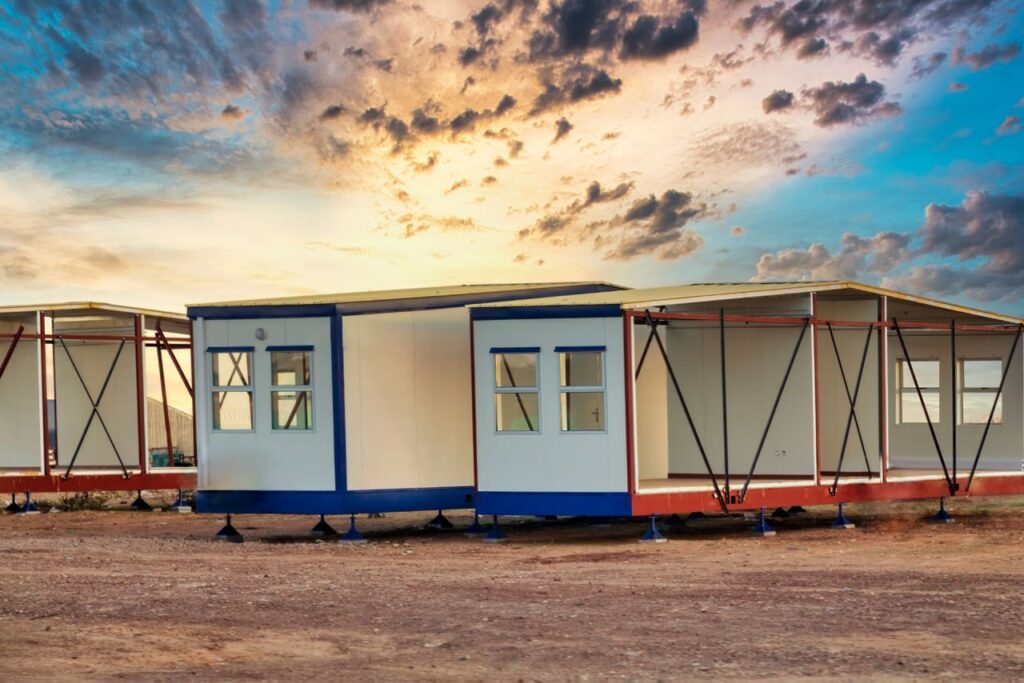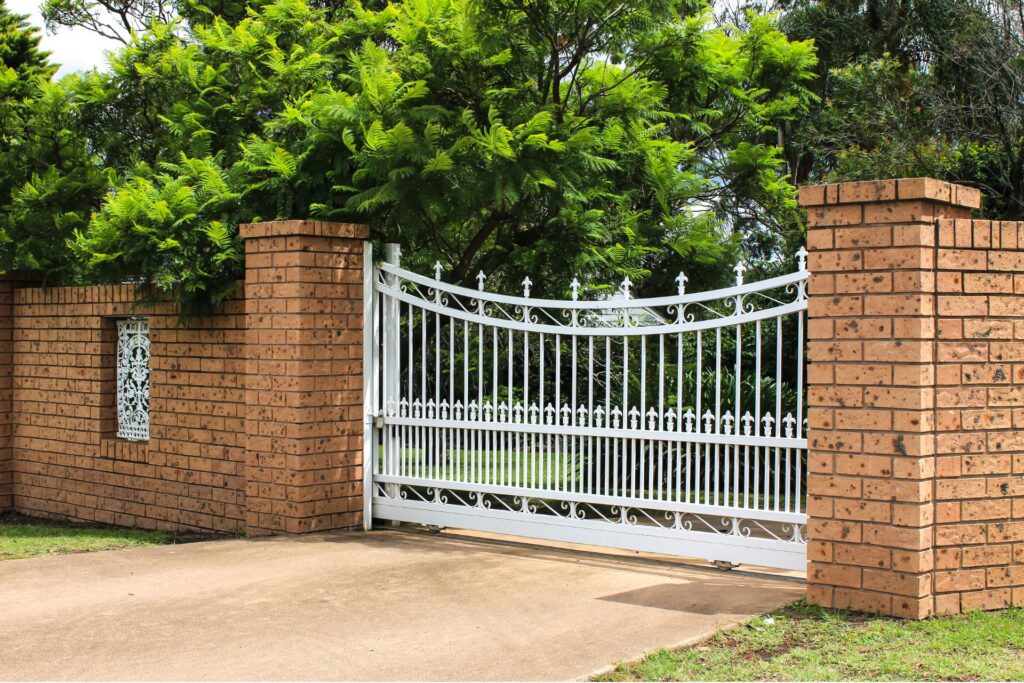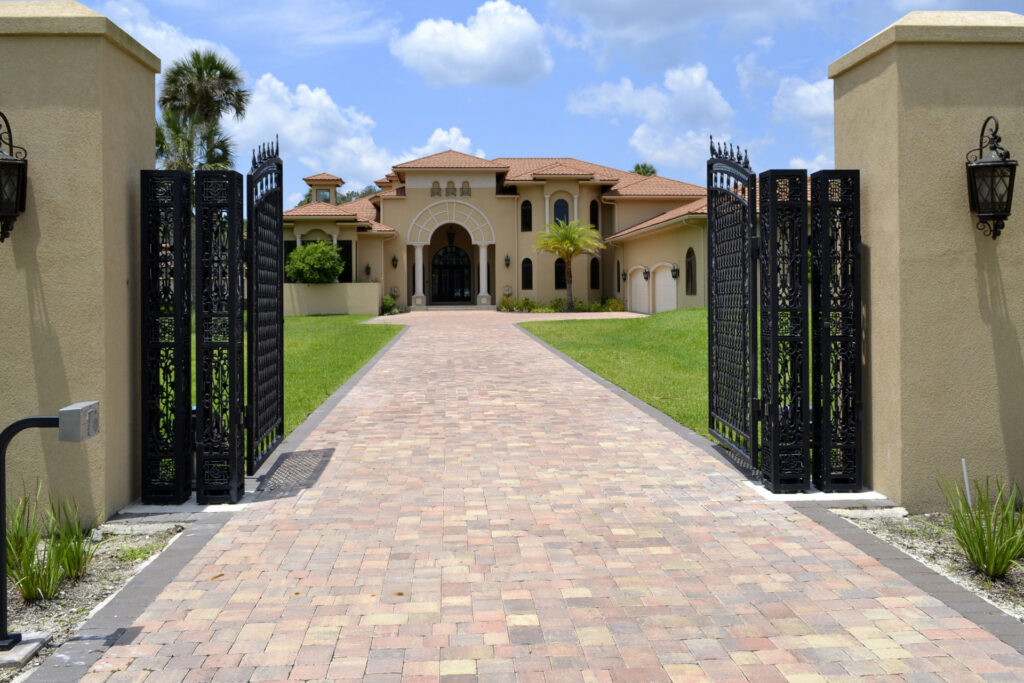New Zealand is one of the most seismically active regions in the world. With its position on the Pacific Ring of Fire, the country faces constant risks from earthquakes, making seismic strengthening an essential consideration for both residential and commercial buildings. The need for robust earthquake resilience has never been more important, especially with many of New Zealand’s older buildings not being built with modern seismic standards in mind. In this article, we’ll explore what seismic strengthening is, why it’s necessary in New Zealand, and the key steps involved in the strengthening process.
What Is Seismic Strengthening?
Seismic strengthening nz is the process of improving a building’s ability to withstand the forces generated by an earthquake. This can involve reinforcing or upgrading various structural elements, such as foundations, walls, roofs, and foundations, to enhance the building’s overall earthquake resistance. The goal of seismic strengthening is to ensure that a building can remain standing, limit damage to its structure, and, most importantly, protect the safety of its occupants during a seismic event.
Seismic strengthening may involve a range of measures, from adding steel braces or shear walls to the building to installing base isolators or upgrading the building’s foundations. These modifications are tailored to the specific needs of the building and its environment, with considerations for local seismic risk, building use, and existing structure.
Why Is Seismic Strengthening Important In New Zealand?
New Zealand’s location on the Pacific Ring of Fire means that it experiences frequent seismic activity, with major earthquakes occurring every few decades. Some of the most significant earthquakes in the country’s history, like the 2011 Christchurch earthquake and the 2016 Kaikoura earthquake, have caused extensive damage to buildings and infrastructure. These events have highlighted the need for comprehensive seismic strengthening across the nation.
Older buildings, in particular, are at higher risk, as many were not designed to withstand modern seismic loads. New Zealand’s building code has undergone significant updates since the 1980s, and many older structures were built before these changes. As a result, these buildings may not meet current seismic safety standards, leaving them vulnerable in the event of a strong earthquake.
The risk to human life and property is a serious concern, and seismic strengthening is vital to reducing the potential for damage, injury, or loss of life. It also helps mitigate the financial impact of earthquakes, as businesses and homeowners are less likely to incur extensive repair costs if their properties are properly fortified.
Seismic Strengthening Regulations In New Zealand
The New Zealand Building Code sets out the minimum standards for structural integrity and earthquake resilience in buildings. In 2004, a series of amendments were made to the code, which now requires all new buildings to be designed to withstand earthquakes based on the level of seismic risk in the area. For existing buildings, particularly those built before the 1980s, seismic strengthening is required when renovations or major alterations are carried out.
In addition to the Building Code, the Earthquake-Prone Buildings Amendment Act 2016 was introduced to ensure that older, at-risk buildings are brought up to modern standards. This act imposes stricter requirements for the identification, assessment, and strengthening of earthquake-prone buildings. Buildings considered earthquake-prone (those with a seismic rating of less than 34% of the New Building Standard, or NBS) are required to undergo strengthening work within a set period, depending on their location and function.
Local authorities across New Zealand are tasked with identifying and managing earthquake-prone buildings, and property owners are required to comply with strengthening requirements. Failure to do so can result in penalties, fines, and the potential for buildings to be closed or demolished.
Key Steps In Seismic Strengthening
- Assessment and Inspection
The first step in seismic strengthening is a thorough structural assessment of the building. This typically involves engaging a qualified structural engineer to assess the current state of the building and identify potential weaknesses. The assessment will consider factors such as the building’s age, materials, construction methods, and location within a seismic risk zone. Based on the results, the engineer will provide a seismic rating and recommendations for strengthening measures. - Design and Engineering
Once the assessment is complete, the next step is to design a suitable strengthening plan. The design will outline the best solutions for addressing the building’s vulnerabilities. This could involve adding shear walls, reinforcing the foundation, installing cross-bracing, or other structural modifications. The design must meet the required seismic performance standards as set out in the New Zealand Building Code. - Planning and Approvals
Before any strengthening work begins, the property owner must submit the strengthening plans to the local council for approval. The council will review the plans to ensure they comply with seismic strengthening regulations and the building code. In some cases, resource consents or building consents may be required, particularly if the work involves significant changes to the structure or appearance of the building. - Execution and Construction
Once the plans are approved, the strengthening work can begin. Depending on the scope of the project, this may involve installing new structural elements, retrofitting existing walls, upgrading foundations, or reinforcing roofs and floors. The construction process may take several months, depending on the size and complexity of the building. - Post-Strengthening Inspection
After the work is completed, the building must undergo a final inspection to ensure that the strengthening measures have been correctly implemented and that the building meets the required seismic standards. The structural engineer will sign off on the work, and the building will receive an updated seismic rating.
Conclusion
Seismic strengthening is a crucial process for ensuring the safety, integrity, and longevity of buildings in New Zealand. With the country’s susceptibility to earthquakes, property owners and developers must be proactive in addressing the seismic risks associated with older buildings. By investing in seismic strengthening, property owners not only enhance the safety of occupants but also ensure that their investments remain protected against the potential impact of future earthquakes. With the right expertise, planning, and execution, seismic strengthening can provide peace of mind and ensure that New Zealand’s built environment is prepared for whatever the earth may throw at it.
About the Author:
Mike Veail is a recognized digital marketing expert with over 6 years of experience in helping tradespeople and small businesses thrive online. A former quantity surveyor, Mike combines deep industry knowledge with hands-on expertise in SEO and Google Ads. His marketing strategies are tailored to the specific needs of the trades sector, helping businesses increase visibility and generate more leads through proven, ethical methods.
Mike has successfully partnered with numerous companies, establishing a track record of delivering measurable results. His work has been featured across various platforms that showcase his expertise in lead generation and online marketing for the trades sector.
Learn more about Mike's experience and services at https://theleadguy.online or follow him on social media:

